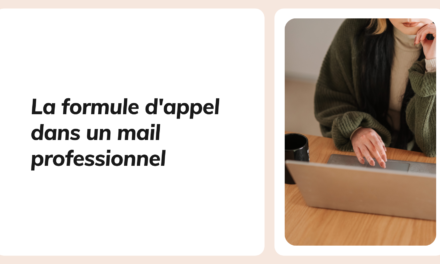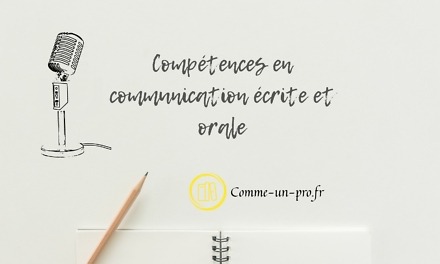Mail or mail: Which should be preferred?
Sending a letter or a letter to a correspondent is a very widespread practice. Even if today there is the possibility of recommending a courier, it is clear that the email guarantees more speed in the transmission of messages. However, there are occasions in the professional context where using an email is more advantageous than a courier. That said, the proper use of polite expressions should not be neglected. Mail or mail: What should be preferred and which polite formulas are appropriate in certain circumstances?
When to send letters?
It is advisable to send letters in certain specific contexts. Sometimes it's the law that requires you to do this.
In the working world, it is customary to send a letter of resignation, to call for a dismissal interview or to break the probationary period by formalizing the request or the decision in a letter.
With regard to customer-supplier relationships, we can cite among the circumstances requiring the address of a letter, the formal notice for unpaid invoice, the apologies following the delivery of a defective product or the formal notice of a defective product. delivery of an order.
When should you prefer sending a professional email?
In practice, sending a letter fits the daily exchanges that take place in the professional context. This is the case when it comes to sending a quote to a prospect, relaunching a customer about an overdue invoice or sending documents to a colleague.
But it is one thing to know when to use professional email and another is to make good use of polite expressions.
What is the structure for a follow-up email?
A customer's follow-up email is generally structured in 7 parts. We can cite among these:
- The personalized polite formula
- The hook
- The context
- Project
- The call to action
- The transition
- The final polite phrase
Regarding the polite formula at the beginning of the email, it is recommended to personalize it. You can say for example: "Hello + Last name / First name".
As for the final polite formula, you can adopt this one: "Pending your return, I wish you a nice end of the day and of course remain available". This polite formula befits the customer with whom you have a somewhat extensive business relationship or the customer you know in particular.
When it comes to a client with whom you have not developed a daily relationship, the polite formula at the beginning of the email should be of the type “Mr.…” or “Ms.…”. As for the polite formula at the end of the email, you can use the formula "Pending your return, please accept the assurance of my best feelings".
To transmit quotes to a client, the structure is almost the same. However, when transmitting documents to a colleague, nothing prevents you from saying hello. At the end of the email, polite expressions such as "Sincerely" or "Kind regards" are also recommended.




